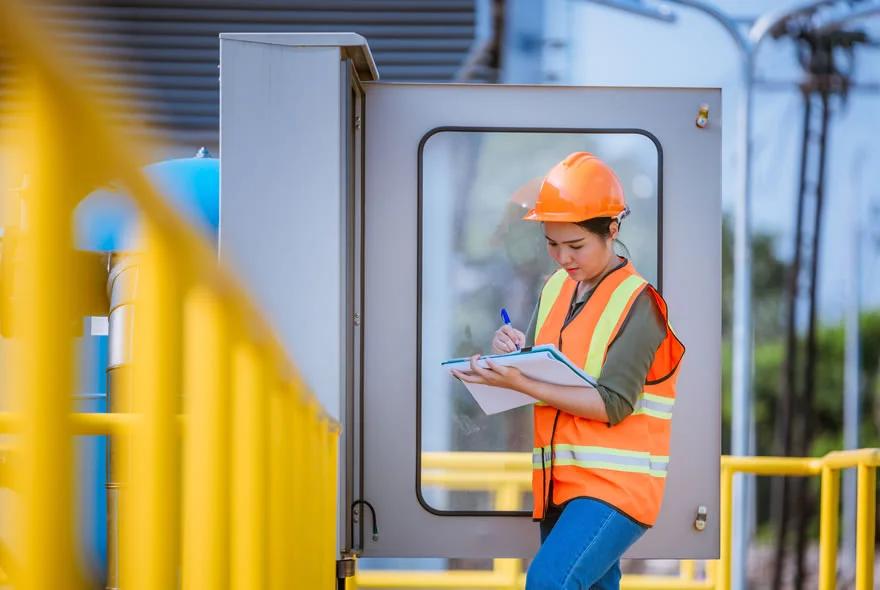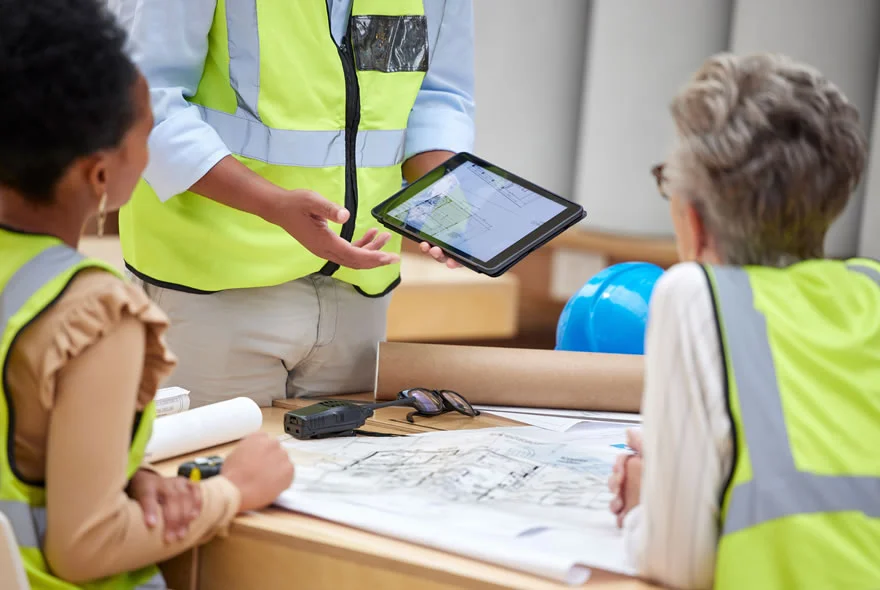As cities around the world grapple with worsening traffic congestion and environmental concerns, the role of public transport in creating sustainable urban environments has never been more important. The implications of effective public transport planning go beyond reducing gridlock; they directly impact the quality of life for urban dwellers and the overall sustainability of our cities.
In this article, we delve into the topic of public transport planning and its implications on urban sustainability. We explore how well-designed transportation systems can not only reduce the number of private vehicles on the road but also improve air quality, reduce carbon emissions, and enhance accessibility for all members of the community.
By adopting a holistic approach to public transport planning, cities can create a seamless and efficient network that encourages green commutes and supports sustainable living. We discuss the key elements of successful public transport planning, such as integrated mobility solutions, smart technologies, and effective infrastructure design.
Join us as we delve into the crucial role of public transport planning in transforming our cities from gridlock to green, and the long-term benefits this brings to urban sustainability and the well-being of its residents.
The impact of transportation on urban sustainability
Transportation is an essential element of modern urban life, providing people with access to work, education, and leisure activities. However, the increasing number of private vehicles on the road has led to worsening traffic congestion, air pollution, and carbon emissions, which have significant implications for urban sustainability.
Traffic congestion not only wastes time and money but also contributes to air pollution and carbon emissions. According to the International Energy Agency, transportation is responsible for 23% of global CO2 emissions, with road transport accounting for 74% of this total. This highlights the urgent need for sustainable transport solutions to reduce the impact of transportation on the environment.
Public transport offers an effective alternative to private vehicles, providing a sustainable and accessible means of transport that can reduce traffic congestion, air pollution, and carbon emissions. By promoting and investing in public transport, cities can create a sustainable transport system that benefits both the environment and the community.
The role of public transport in reducing gridlock
One of the primary benefits of public transport is its ability to reduce gridlock. Every day, millions of people commute to work, school, or other destinations, leading to traffic jams and long travel times. This not only wastes time and money but also increases air pollution and carbon emissions.
Public transport systems, such as buses, trains, and trams, can reduce the number of private vehicles on the road, reducing traffic congestion and improving travel times. For example, the introduction of a light rail system in Sydney, Australia, reduced travel times by up to 20 minutes for commuters traveling between the central business district and the suburbs.
Effective public transport planning can also improve the overall efficiency of the transport network, reducing the likelihood of delays and disruptions. By prioritizing public transport over private vehicles, cities can create a more sustainable and efficient transport system that benefits everyone.
Case studies of successful public transport planning initiatives
There are numerous examples of successful public transport planning initiatives that have transformed urban transport systems and improved sustainability. One of the most notable examples is the public transport system in Bogota, Colombia, which has been hailed as a model for sustainable urban transport.
The Bogota system, known as TransMilenio, is a bus rapid transit system that provides fast, efficient, and affordable public transport to over 2 million people every day. The system uses dedicated bus lanes, intelligent traffic management systems, and modern buses to provide a reliable and sustainable public transport service.
Another example is the public transport system in Copenhagen, Denmark, which has been designed to prioritize cycling and walking over private vehicles. The city has an extensive network of bike lanes and pedestrian paths, making it easy and safe for people to cycle or walk to their destination.
These case studies highlight the importance of effective public transport planning in creating sustainable urban environments that prioritize the needs of the community.
Challenges and obstacles to implementing sustainable public transport systems
While public transport offers numerous benefits for urban sustainability, there are also several challenges and obstacles to implementing sustainable transport systems. One of the primary challenges is funding, as public transport systems require significant investment in infrastructure, vehicles, and technology.
Another challenge is changing the behavior of motorists and encouraging them to switch to public transport. Many people are reluctant to give up the convenience and flexibility of their private vehicle, making it challenging to reduce the number of cars on the road.
Infrastructure design is also a significant challenge, as public transport systems require dedicated lanes, stops, and stations that can be costly and difficult to implement in densely populated urban areas.
Despite these challenges, there are numerous strategies and solutions that cities can adopt to promote sustainable public transport and reduce the number of private vehicles on the road.
Strategies for promoting green commutes in cities
Promoting green commutes is essential for reducing the impact of transportation on the environment and improving urban sustainability. Cities can adopt several strategies to encourage people to use sustainable transport options, such as:
- Investing in public transport infrastructure, including dedicated bus lanes, light rail systems, and bike lanes.
- Implementing smart mobility solutions, such as real-time travel information, mobile ticketing, and ride-sharing platforms.
- Encouraging active modes of transport, such as walking and cycling, by providing safe and accessible infrastructure.
- Offering incentives for people to switch to sustainable transport options, such as reduced parking fees or public transport subsidies.
- Promoting sustainable transport options through education and awareness campaigns, highlighting the benefits of public transport and the environmental impact of private vehicles.
By adopting these strategies, cities can create a more sustainable and accessible transport system that benefits everyone.
The role of technology in improving public transport efficiency
Technology is playing an increasingly important role in improving the efficiency and sustainability of public transport systems. Smart mobility solutions, such as real-time travel information, mobile ticketing, and ride-sharing platforms, are making it easier and more convenient for people to use public transport.
Other technologies, such as electric and hybrid buses, are reducing the environmental impact of public transport by reducing carbon emissions and improving air quality. The use of renewable energy sources, such as solar power, is also becoming more prevalent in public transport systems, reducing the reliance on fossil fuels.
The integration of technology into public transport planning is essential for creating a sustainable and efficient transport system that benefits both the environment and the community.
The social and economic benefits of sustainable public transport
In addition to the environmental benefits of sustainable public transport, there are also numerous social and economic benefits. Access to affordable and reliable public transport provides people with greater mobility, improving access to work, education, and leisure activities.
Public transport also supports economic growth by connecting people to job opportunities and facilitating the movement of goods and services. By reducing traffic congestion and improving travel times, public transport can also reduce the cost of doing business and improve productivity.
Investing in sustainable public transport systems is, therefore, an investment in the economic and social well-being of the community.
Government policies and regulations supporting sustainable urban transportation
Government policies and regulations play a crucial role in promoting sustainable urban transportation. Many governments around the world have implemented policies to encourage the use of public transport and reduce the number of private vehicles on the road.
For example, some governments offer tax incentives for companies that encourage their employees to use public transport, while others have implemented congestion charges or tolls to discourage private vehicle use.
Regulations and standards for vehicle emissions and fuel efficiency also play a critical role in reducing the environmental impact of transportation. Governments can also invest in public transport infrastructure and technology, providing funding and support for sustainable transport initiatives.
Conclusion and future outlook for public transport planning and urban sustainability
Public transport planning is a crucial element of creating sustainable urban environments that prioritize the needs of the community. By promoting sustainable transport options and reducing the number of private vehicles on the road, cities can improve air quality, reduce carbon emissions, and improve the overall quality of life for urban dwellers.
The future of public transport planning is promising, with new technologies and innovations providing opportunities for more efficient and sustainable transport systems. However, it will require continued investment and support from governments, communities, and businesses to ensure that sustainable transport becomes a priority for urban development.
By working together and adopting a holistic approach to public transport planning, we can transform our cities from gridlock to green, creating a sustainable and accessible transport system that benefits everyone.



